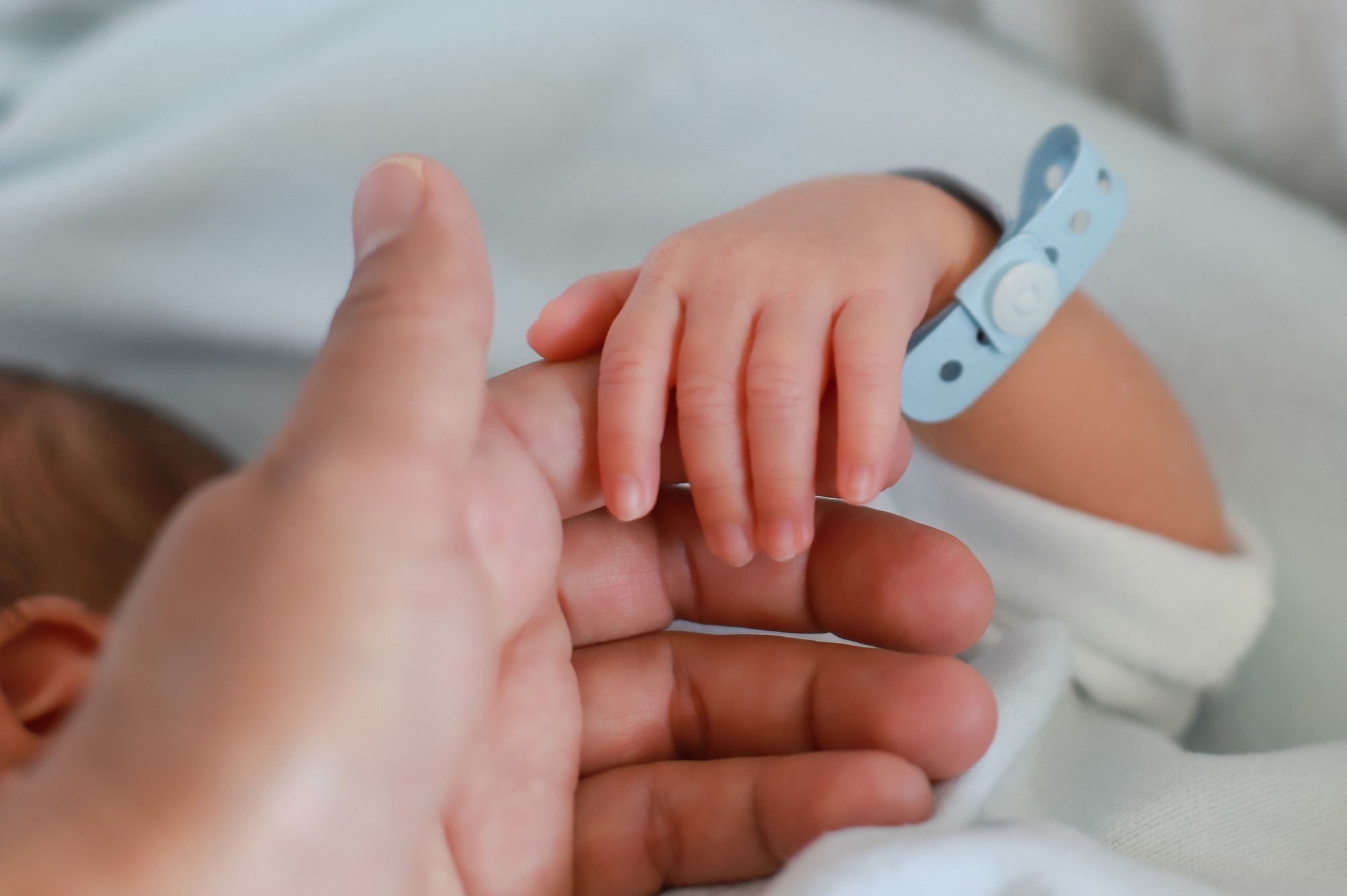A recent Scientific Reports study investigates perinatal events associated with the manifestation of juvenile idiopathic arthritis (JIA) and the development of JIA-uveitis.
 Study: Perinatal events and development of juvenile idiopathic arthritis-associated uveitis. Image Credit: Onjira Leibe / Shutterstock.com
Study: Perinatal events and development of juvenile idiopathic arthritis-associated uveitis. Image Credit: Onjira Leibe / Shutterstock.com
Symptoms and causes of JIA-uveitis
JIA is an autoimmune disorder that causes stiffness, pain, and inflammation within joints. JIA is a common arthritic health condition in pediatric patients that often causes those affected to experience an overall sense of malaise.
In addition to rheumatologic symptoms, JIA is also associated with ocular impairments. Uveitis is an ocular complication of JIA, which occurs due to an inflammation of the middle eye layer.
Typically, patients with JIA-uveitis require long-term immunosuppression and close monitoring. Although JIA and uveitis often occur together, the pathophysiology, predisposing factors, and etiology of JIA-uveitis is not very well understood.
The host microbiota plays an important role in maintaining immunity. For example, some studies have indicated that the production of autoantibodies could be an underlying mechanism linked to JIA manifestation.
Previous studies have also shown that JIA is strongly associated with microbial dysbiosis, with reduced concentrations of specific types of short-chain-fatty-acid (SCFA)-producing bacteria in the guts associated with JIA. This change in bacterial composition in the gut alters the immune response to the microbiota and augments the circulation of autoantibodies.
Infants’ microbial diversity is significantly affected by perinatal events including complications during pregnancy or labor, as well as vaginal or cesarean section (CS) deliveries. Unlike vaginal delivery, CS delivery does not promote the transmission of maternal microbiota to the child.
To date, few studies have investigated the association between perinatal factors and the development of JIA or JIA-uveitis.
About the study
The current study evaluated the risk of JIA or JIA-uveitis development by perinatal factors including CS delivery and complications during pregnancy and labor. Patients diagnosed with JIA were included in the study, in addition to a control group of patients diagnosed with strabismus.
The lack of an immunologic association and comparability of age was considered across the treatment and control groups. Additional data on sex, race/ethnicity, and date of birth were collected.
Key findings
A total of 396 patients were included in the study, 196 of whom were included in the JIA group. The survey response rate was 19% in the JIA group and 9% in the strabismus group. The average gestational age at birth was 39 weeks for the JIA group and 38 weeks for the strabismus group.
The starting hypothesis was that patients with JIA would be more likely to be delivered through CS, as JIA is characterized by reduced microbiota diversity. However, the results rejected this hypothesis, thus indicating the need for additional research to elucidate the effects of CS delivery on JIA.
No relationship was observed between the investigated perinatal events and JIA development. Furthermore, no significant relationship was noted between labor complications or birth route and JIA-uveitis. However, the survey data showed that certain complications, such as gestational diabetes (GD), were higher in patients with JIA-uveitis.
Differences in breastfeeding amongst CS delivery patients could also rationalize the findings, as the microbiota diversity of an infant could influence autoimmunity. In fact, research has shown that mothers undergoing CS delivery are more likely to experience a reduced volume of milk and a delay in the onset of lactation. This limits the infant’s consumption of beneficial microbes, thereby reducing the stimulation of intestinal flora influencing autoimmune response and immunity.
Further analysis of these intermediary factors is needed to develop a holistic understanding of the observed relationships.
Conclusions
A key limitation of the current study is the very poor response rates, which subsequently led to small sample sizes of the treatment and control groups that reduced statistical power to conduct meaningful inference. The representativeness and generalizability of the study can also be questioned, as there was a lack of racial diversity among the respondents.
The study sample was also homogeneous with respect to its composition and size. Thus, additional research is needed to validate these findings. Future research should also include larger and more diverse sample sizes.
Nevertheless, the current study is a pioneering effort to systematically evaluate variables of labor and pregnancy to assess their relationship with the development of JIA-uveitis and JIA.
Journal reference:
- Chaudhary, A., Nadeem, M., Townsend, J., et al. (2023) Perinatal events and development of juvenile idiopathic arthritis-associated uveitis. Scientific Reports 13(1);1-7. doi:10.1038/s41598-023-44208-1